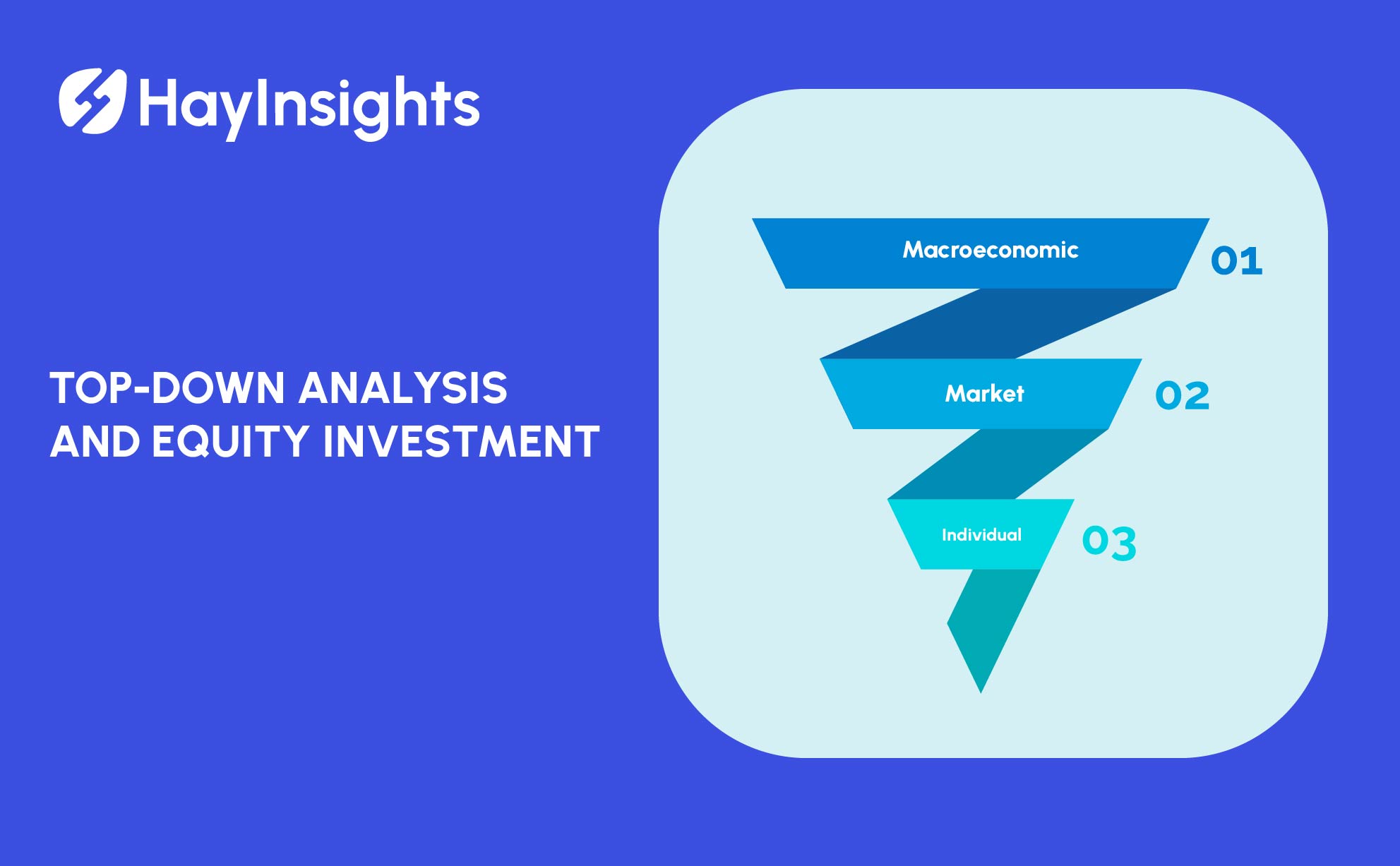
Fund Investment in Japan 2024: A Comprehensive Guide
Investing in Japan offers a unique blend of opportunities and challenges. With a robust economy and a diverse financial market, Japan is an attractive destination for investors seeking to diversify their portfolios. This article delves into the various types of fund investments available in Japan, including ETFs, open-ended funds, and the benefits of the new NISA program.
Understanding Fund Investments in Japan
What is a Fund Investment?
A fund investment involves pooling money from multiple investors to invest in securities such as stocks, bonds, or other assets. This collective approach provides individual investors with access to a diversified portfolio managed by professional fund managers.
Types of Fund Investments in Japan
Japan offers a variety of fund investment options, each catering to different investor needs and risk profiles. The main types include:
- Exchange-Traded Funds (ETFs)
- Open-Ended Funds
- Real Estate Investment Trusts (REITs)
- Mutual Funds
- Index Funds
Exchange-Traded Funds (ETFs)
ETFs are popular among Japanese investors due to their flexibility and liquidity. These funds are traded on stock exchanges, much like individual stocks. They typically track an index, commodity, bonds, or a basket of assets.
Advantages of ETFs:
- Diversification: ETFs provide exposure to a wide range of assets, reducing risk.
- Liquidity: They can be bought and sold throughout the trading day.
- Cost-Effective: Lower expense ratios compared to mutual funds.
Popular Japanese ETFs:
- Nikkei 225 ETFs: Track the performance of Japan’s Nikkei 225 index.
- TOPIX ETFs: Follow the Tokyo Stock Price Index.
Open-Ended Funds
Open-ended funds, also known as mutual funds, are a staple in the Japanese investment landscape. These funds continuously issue new shares and redeem existing ones at their net asset value (NAV).
Benefits of Open-Ended Funds:
- Professional Management: Managed by experts who make investment decisions on behalf of the investors.
- Accessibility: Available to a wide range of investors, including those with smaller capital.
- Diverse Options: Includes bond funds, equity funds, and balanced funds.
The New NISA Program
The Nippon Individual Savings Account (NISA) program is a government initiative designed to encourage individual savings and investment in Japan. The new NISA program, set to launch in 2024, aims to make investing more attractive by offering tax-free benefits.
Key Features of the New NISA Program:
- Tax-Free Returns: Profits from investments made under the NISA program are exempt from capital gains tax.
- Annual Contribution Limits: Increased limits to encourage higher investment amounts.
- Wide Range of Eligible Investments: Includes ETFs, open-ended funds, and other financial instruments.
Benefits of Investing Through NISA:
- Tax Efficiency: Maximize returns by avoiding capital gains taxes.
- Long-Term Growth: Encourages long-term investment strategies.
- Flexibility: Suitable for both beginners and experienced investors.
Real Estate Investment Trusts (REITs)
REITs are another popular investment vehicle in Japan, offering exposure to the real estate market without the need to directly purchase property. These funds invest in income-generating real estate assets.
Advantages of REITs:
- Income Generation: REITs typically pay regular dividends.
- Diversification: Access to a variety of real estate assets.
- Liquidity: Traded on stock exchanges, providing easy entry and exit.
Mutual Funds
Mutual funds in Japan offer a diversified investment option managed by professional fund managers. These funds can invest in a mix of equities, bonds, and other securities.
Types of Mutual Funds:
- Equity Funds: Focus on stocks and shares.
- Bond Funds: Invest in fixed-income securities.
- Balanced Funds: Combine equities and bonds for balanced risk and return.
Index Funds
Index funds are passive investment funds that aim to replicate the performance of a specific index, such as the Nikkei 225 or TOPIX.
Benefits of Index Funds:
- Low Management Fees: Due to passive management.
- Diversification: Broad exposure to the market index.
- Predictable Performance: Closely tracks the performance of the index.
How to Get Started with Fund Investments in Japan
Determine Your Investment Goals
Before investing, it’s crucial to define your financial goals, risk tolerance, and investment horizon. Are you saving for retirement, a major purchase, or looking for short-term gains?
Choose the Right Fund
Based on your goals and risk profile, select the appropriate type of fund. For instance, if you seek growth and can tolerate higher risk, equity funds or ETFs may be suitable. For conservative investors, bond funds or REITs might be better options.
Open an Investment Account
To invest in Japanese funds, you’ll need to open an investment account with a financial institution. Many banks and brokerage firms in Japan offer investment accounts tailored to different needs.
Utilize the NISA Program
Consider using the NISA program to benefit from tax-free returns. Ensure you understand the contribution limits and eligible investments.
Monitor Your Investments
Regularly review your investment portfolio to ensure it aligns with your financial goals. Make adjustments as necessary based on market conditions and personal circumstances.
FAQs
What is the minimum investment amount for Japanese funds?
The minimum investment amount varies depending on the type of fund and the financial institution. Some funds may have low minimums, making them accessible to small investors.
Are dividends from Japanese ETFs taxable?
Dividends from Japanese ETFs are subject to taxation. However, if you invest through the NISA program, dividends may be tax-exempt.
Can foreigners invest in Japanese funds?
Yes, foreigners can invest in Japanese funds, provided they meet the requirements set by the financial institutions and comply with Japanese regulations.
What are the risks associated with investing in Japanese funds?
Like all investments, Japanese funds come with risks, including market volatility, currency risk, and economic factors. It’s essential to understand these risks before investing.
How does the new NISA program differ from the old one?
The new NISA program offers higher annual contribution limits and expanded investment options compared to the old program, enhancing its attractiveness for investors.
What are the fees associated with investing in Japanese funds?
Fees vary by fund type and provider but can include management fees, transaction fees, and other charges. It’s crucial to understand the fee structure before investing.
Conclusion
Investing in funds in Japan presents a wealth of opportunities for both local and international investors. By understanding the different types of fund investments, such as ETFs, open-ended funds, and leveraging programs like the new NISA, investors can build diversified portfolios tailored to their financial goals. Whether you are a novice or an experienced investor, Japan’s financial market offers various pathways to grow your wealth and achieve financial success.












